25000 TAGS
Out of Focus
Location: 25000 Cultural Transmission Center, Beijing
Duration: Aug. 15 – Sep. 10, 2003
Artists: Chen Wenbo, Yan Lei, Zhou Tiehai
Curated by Pi Li
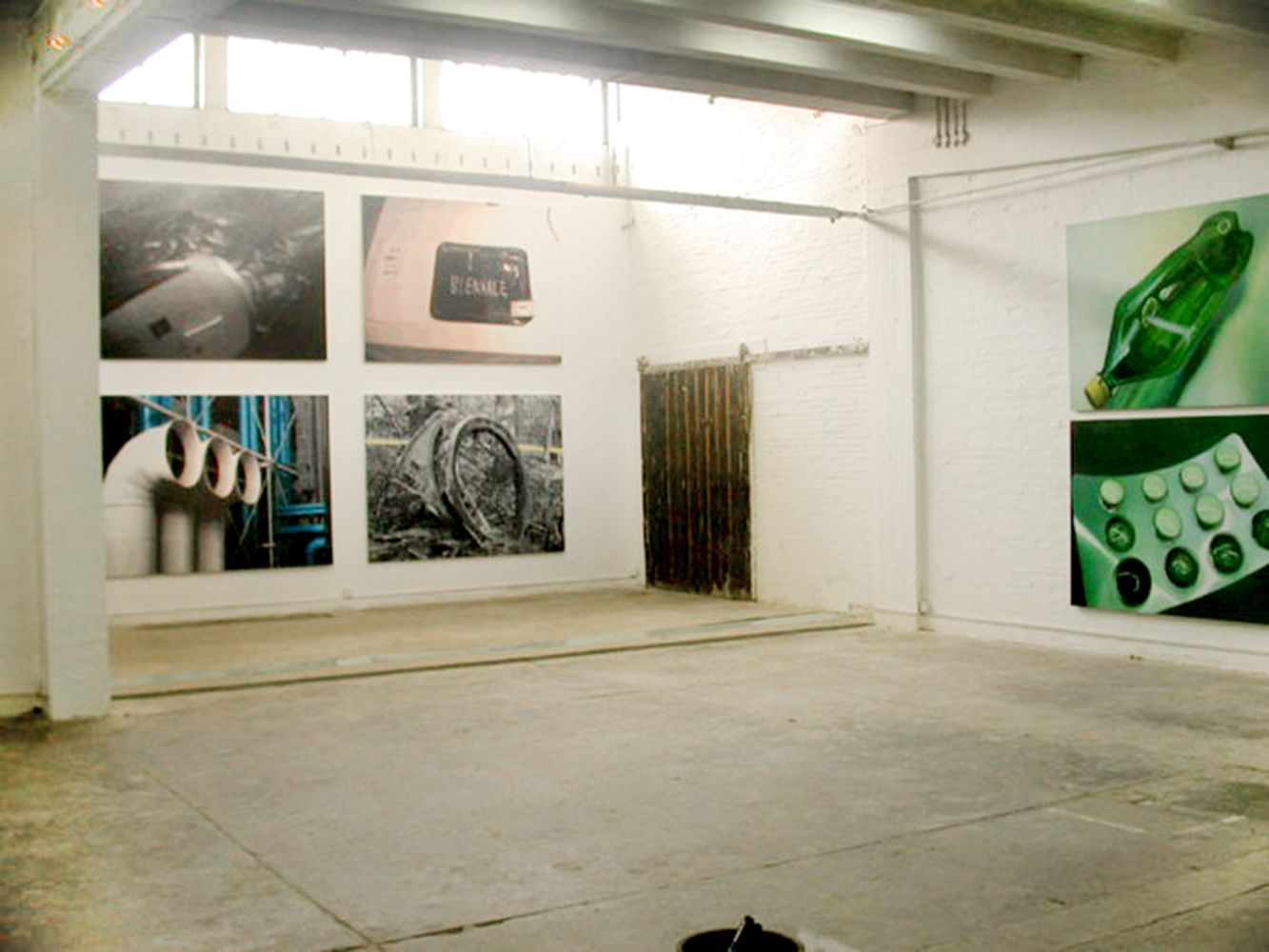
Out of Focus
Chen Wenbo, Yan Lei, Zhou Tiehai
2003.8.15 – 9.10
Long March Space, Beijing
Chen Wenbo, Yan Lei, Zhou Tiehai
Curator: Pi Li
2003.8.15 – 9.10
Long March Space, Beijing
"Out of Focus" exhibits the paintings of three artists, Chen Wenbo (Beijing), Yan Lei (Beijing/Hong Kong) and Zhou Tiehai (Shanghai). The exhibition does not emphasize a revival of the "painting" medium, nor is it focused on painting per se, but it displays an emerging methodology of artistic creation. In fact, these artists have only come together in this moment and at a certain point by chance.
Each of the three artists selected returned to the medium of painting at the turn of the millennium. Chen Wenbo returned to painting because he didn't believe that "the scientific and technological contents of medium would make art more advanced." Yan Lei chose painting following his "question about the essentially modernistic taste claiming to be contemporary art." For Zhou Tiehai, his confusing pictures are merely a "consoling pill" for the novelty-seeking aspects of contemporary art. These artists put themselves in a situation where they had to fight against two sides. On one hand, they use painting to resist the tendency toward systemization in contemporary art. Yan Lei processes photographs with a computer and then hires someone to paint them for him. Zhou Tiehai uses airbrush techniques to eliminate the conventional characteristics of painting. Chen Wenbo traces photos by hand, completely abandoning any production of individual symbols. A common tendency amongst them is to reduce the technical content of painting and eliminate the properties of painting, so as to revoke the privileges of "the artist" in painting and deny any distinctive "branding" in their works.
On the other hand, they attempt to make this simple medium more conceptual and entertaining than non-graphic arts. As a result, their works reveal a common effect of dissociation that is different from vision, therefore different from the high resolution of digital images around us. At the same time, they regard painting as a "tip of the iceberg" in the expression of artistic concepts, thus allowing a certain non-definedness to become the theme. Yan Lei and Zhou Tiehai are both engaged in artistic creation with different medium at the same time, while Chen Wenbo asserts that "the meaning of an artist's work lies in its indefiniteness. I don't know about my future, of which language I'll use or how I'll use it."
Technically speaking, the language provided by present-day art cannot match the digital consumer "images" which accord to the logic of industrialization. But in their work these artists demonstrate places such "consumer images" cannot reach. Art seems still able to find its own territory. And the motive behind this kind of search lies in the artist's abandoning of tradition realism and symbolism as a "theory of reflection" and various types of formalism wrapped in various new media. They reset the focus of art on flexible, variable "responses" to reality. Therefore, besides being visually obscure, these pictures are "out of focus" in theme and symbolism. Compared with those contemporary paintings with which we are familiar, these works abandon the narrow tendency towards turning ideology into a system of symbolism and blind attitudes and views. Instead, they open up the potential for visual indefiniteness and conceptual forms. They are as the artists' "clicks" on reality and psychology, and each click realizes an excellent "transformation."
This exhibition is sponsored by Mr. Ai An and Mr. Lorenz Helbling.
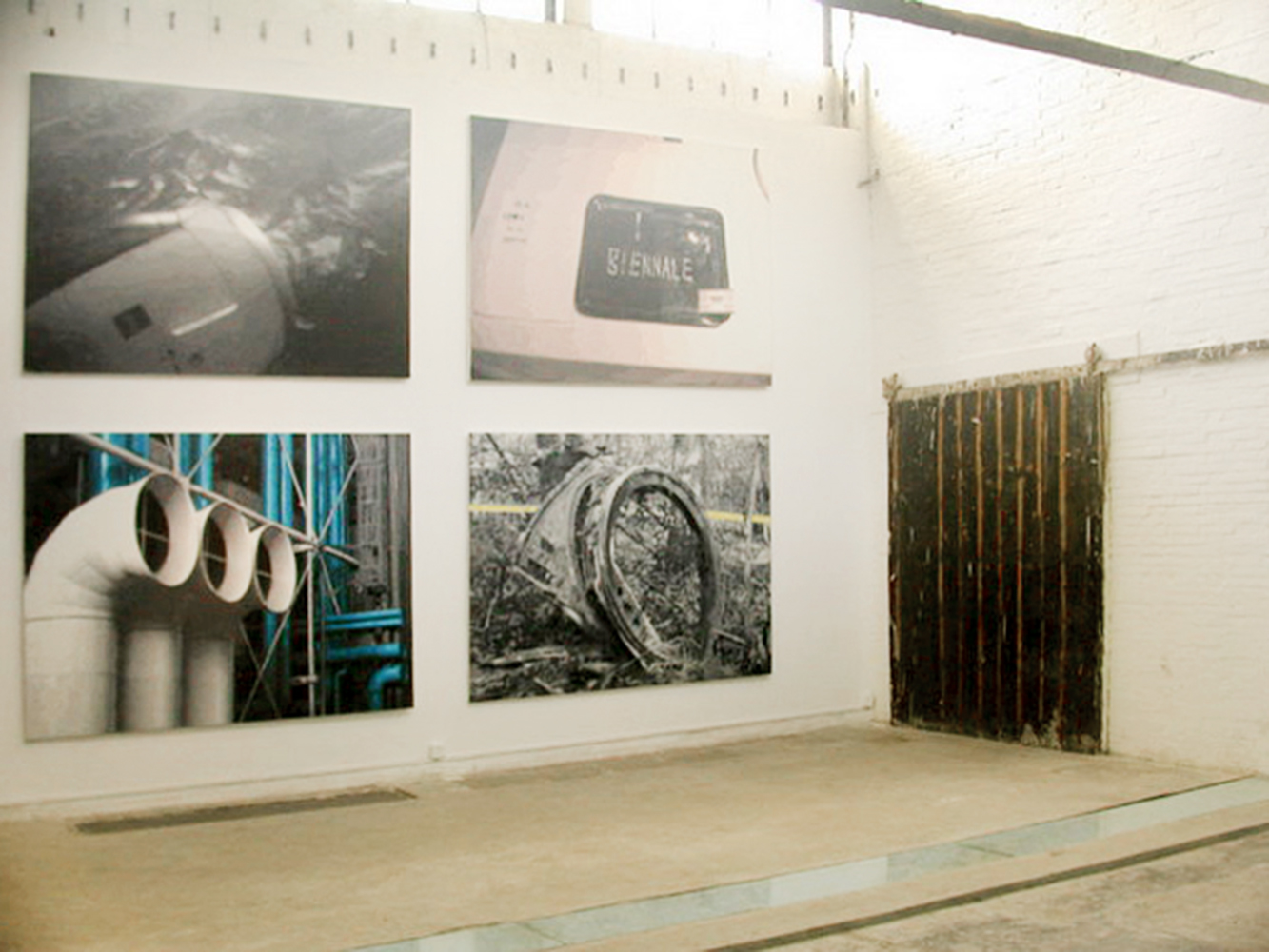
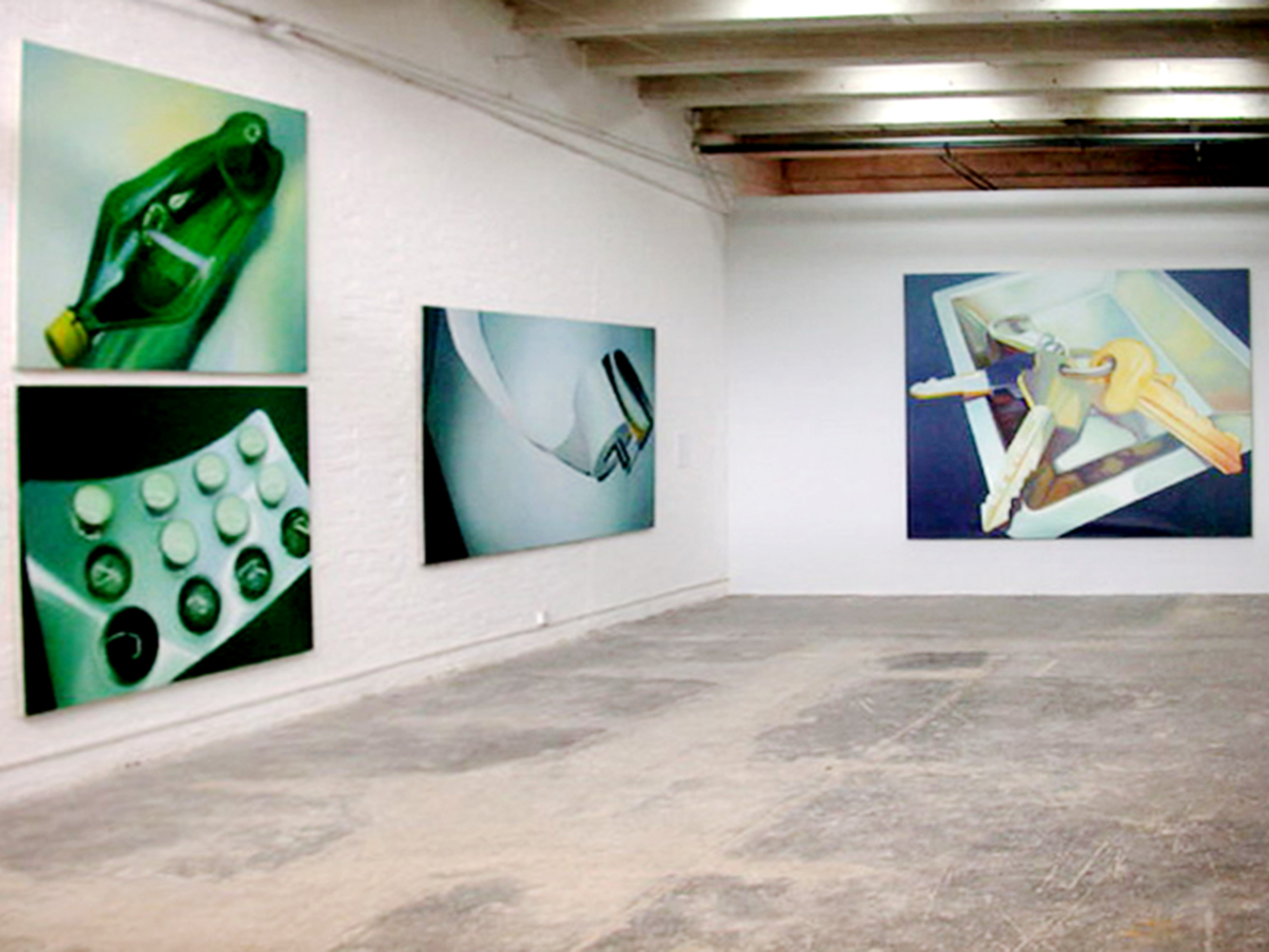
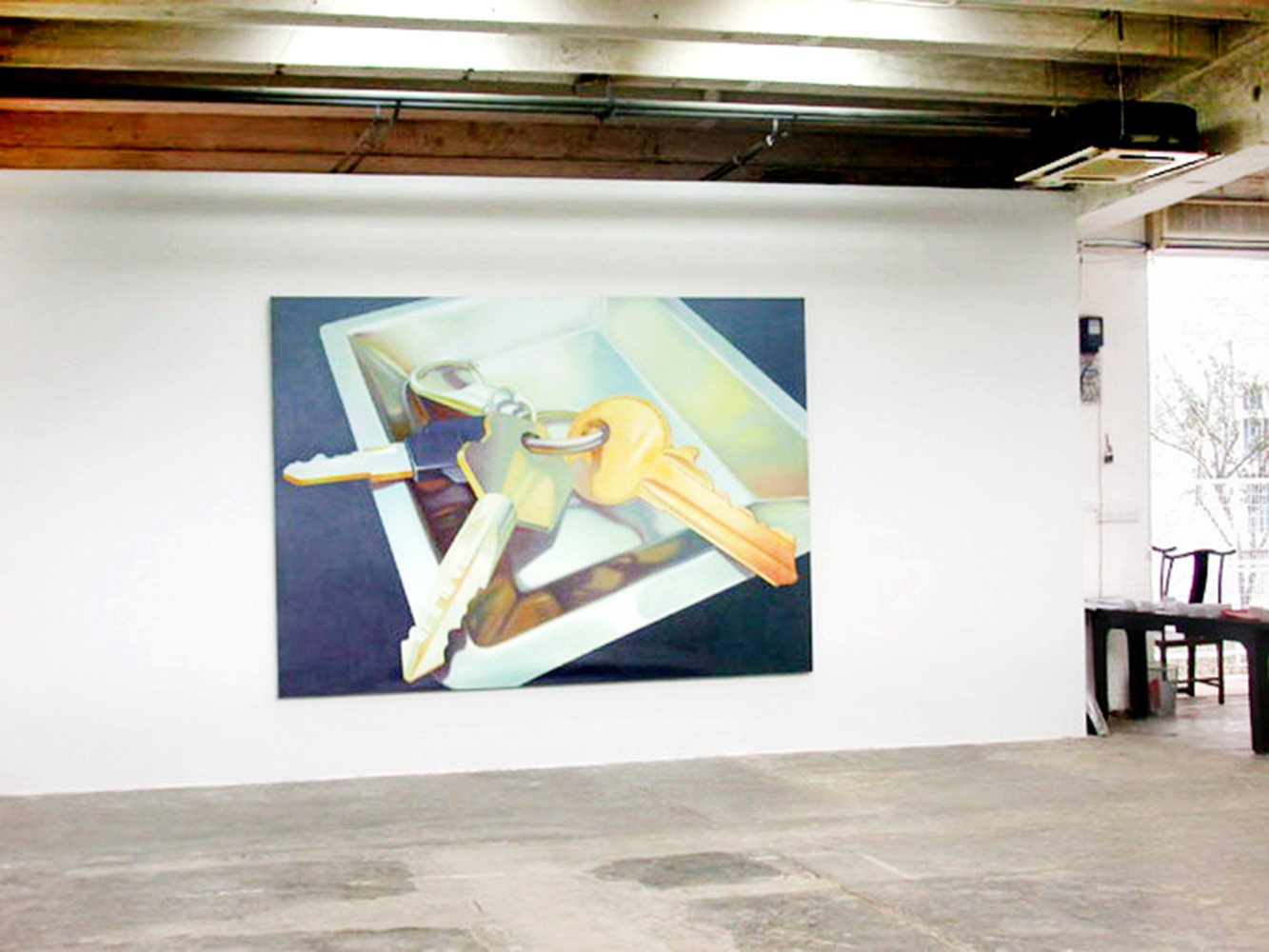
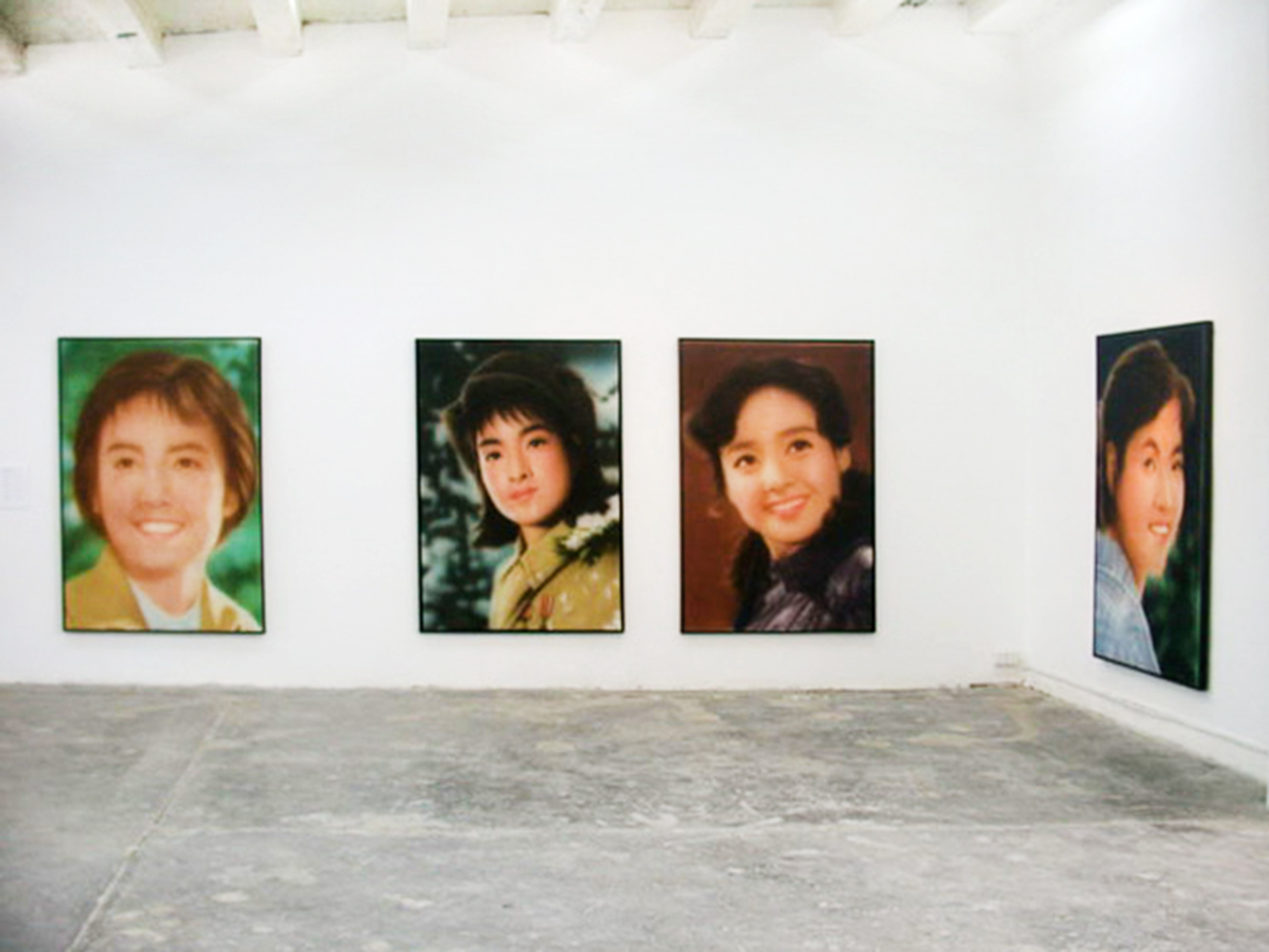
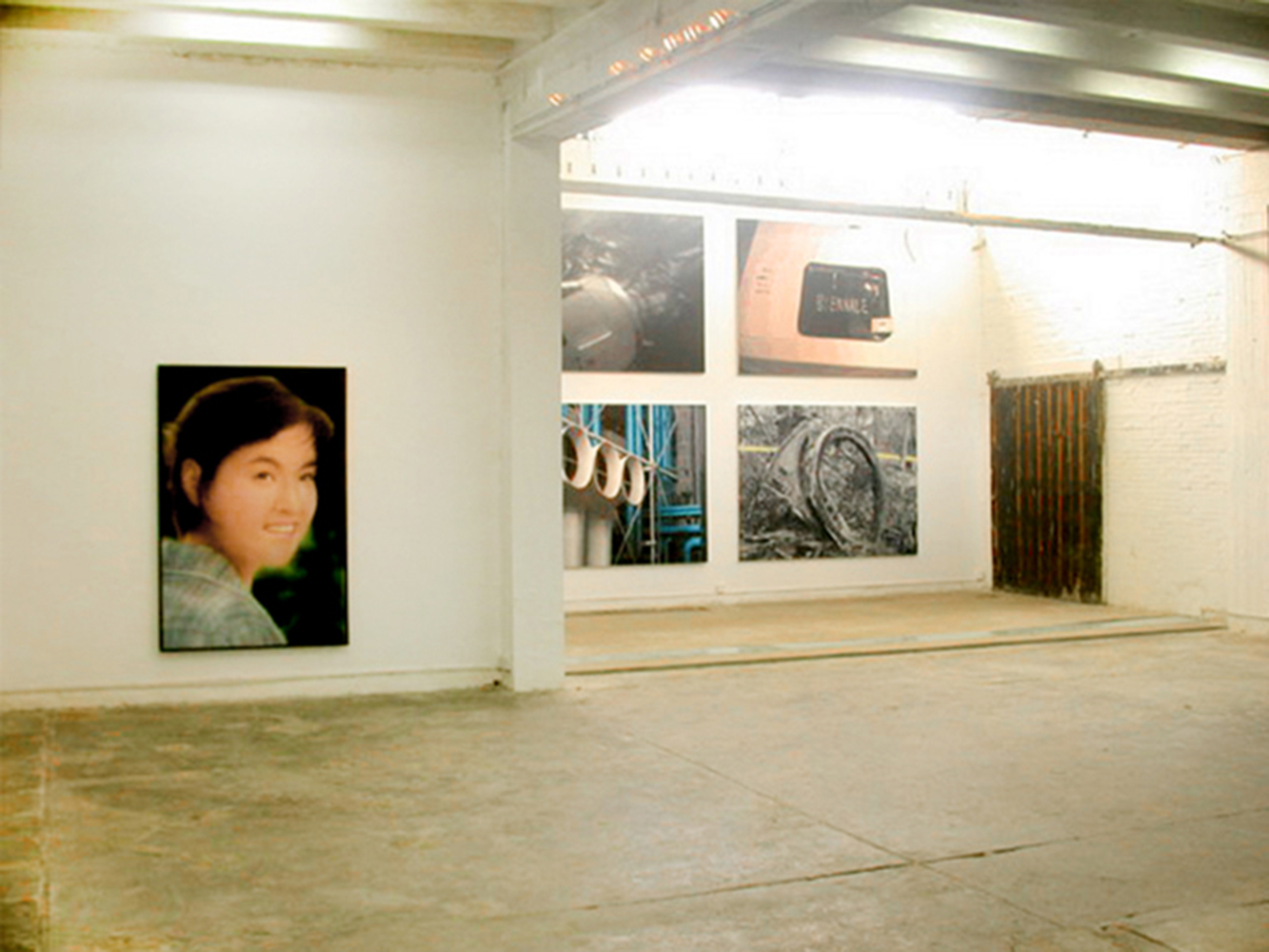
Out of Focus
Chen Wenbo, Yan Lei, Zhou Tiehai
2003.8.15 – 9.10
Long March Space, Beijing
Chen Wenbo, Yan Lei, Zhou Tiehai
Curator: Pi Li
2003.8.15 – 9.10
Long March Space, Beijing
"Out of Focus" exhibits the paintings of three artists, Chen Wenbo (Beijing), Yan Lei (Beijing/Hong Kong) and Zhou Tiehai (Shanghai). The exhibition does not emphasize a revival of the "painting" medium, nor is it focused on painting per se, but it displays an emerging methodology of artistic creation. In fact, these artists have only come together in this moment and at a certain point by chance.
Each of the three artists selected returned to the medium of painting at the turn of the millennium. Chen Wenbo returned to painting because he didn't believe that "the scientific and technological contents of medium would make art more advanced." Yan Lei chose painting following his "question about the essentially modernistic taste claiming to be contemporary art." For Zhou Tiehai, his confusing pictures are merely a "consoling pill" for the novelty-seeking aspects of contemporary art. These artists put themselves in a situation where they had to fight against two sides. On one hand, they use painting to resist the tendency toward systemization in contemporary art. Yan Lei processes photographs with a computer and then hires someone to paint them for him. Zhou Tiehai uses airbrush techniques to eliminate the conventional characteristics of painting. Chen Wenbo traces photos by hand, completely abandoning any production of individual symbols. A common tendency amongst them is to reduce the technical content of painting and eliminate the properties of painting, so as to revoke the privileges of "the artist" in painting and deny any distinctive "branding" in their works.
On the other hand, they attempt to make this simple medium more conceptual and entertaining than non-graphic arts. As a result, their works reveal a common effect of dissociation that is different from vision, therefore different from the high resolution of digital images around us. At the same time, they regard painting as a "tip of the iceberg" in the expression of artistic concepts, thus allowing a certain non-definedness to become the theme. Yan Lei and Zhou Tiehai are both engaged in artistic creation with different medium at the same time, while Chen Wenbo asserts that "the meaning of an artist's work lies in its indefiniteness. I don't know about my future, of which language I'll use or how I'll use it."
Technically speaking, the language provided by present-day art cannot match the digital consumer "images" which accord to the logic of industrialization. But in their work these artists demonstrate places such "consumer images" cannot reach. Art seems still able to find its own territory. And the motive behind this kind of search lies in the artist's abandoning of tradition realism and symbolism as a "theory of reflection" and various types of formalism wrapped in various new media. They reset the focus of art on flexible, variable "responses" to reality. Therefore, besides being visually obscure, these pictures are "out of focus" in theme and symbolism. Compared with those contemporary paintings with which we are familiar, these works abandon the narrow tendency towards turning ideology into a system of symbolism and blind attitudes and views. Instead, they open up the potential for visual indefiniteness and conceptual forms. They are as the artists' "clicks" on reality and psychology, and each click realizes an excellent "transformation."
This exhibition is sponsored by Mr. Ai An and Mr. Lorenz Helbling.






